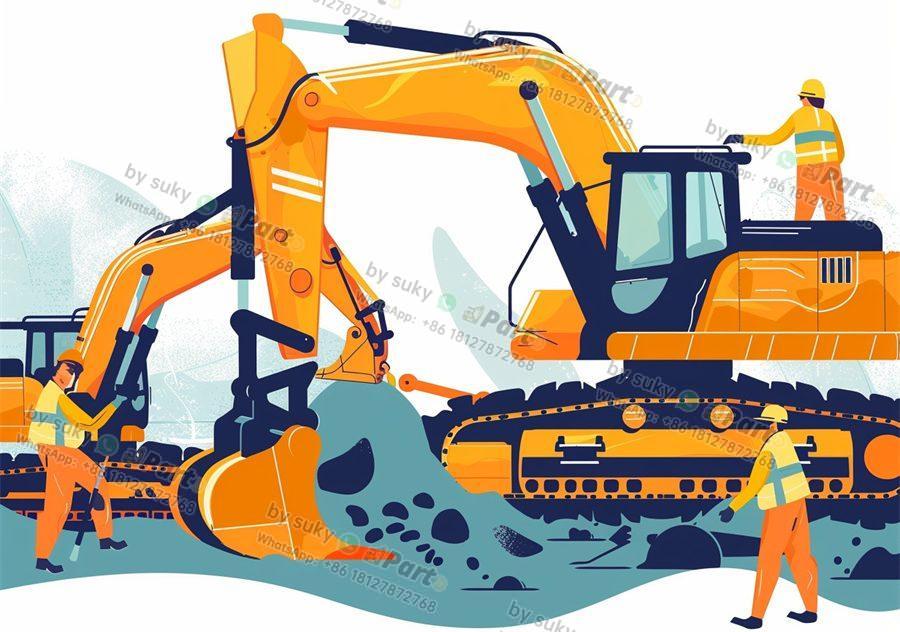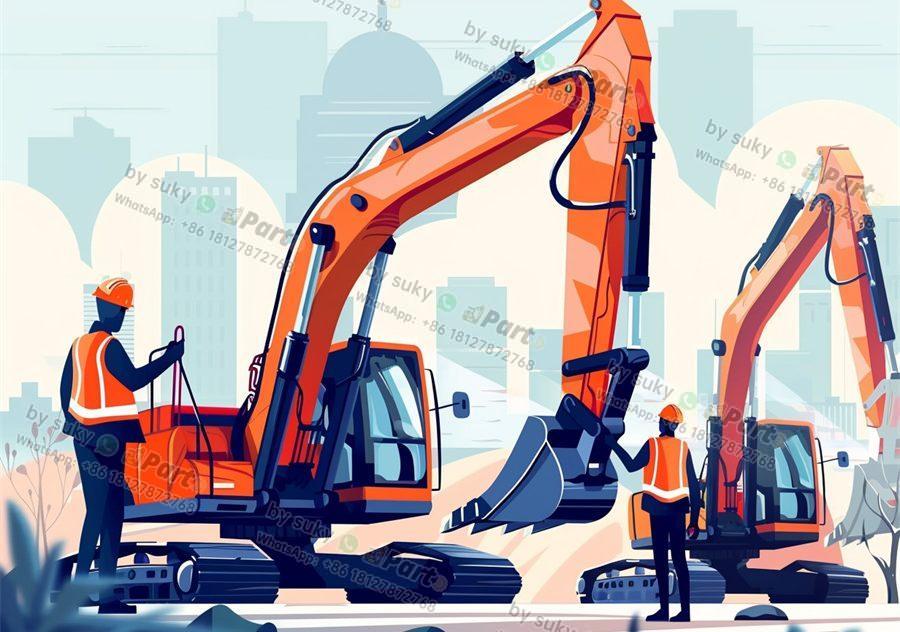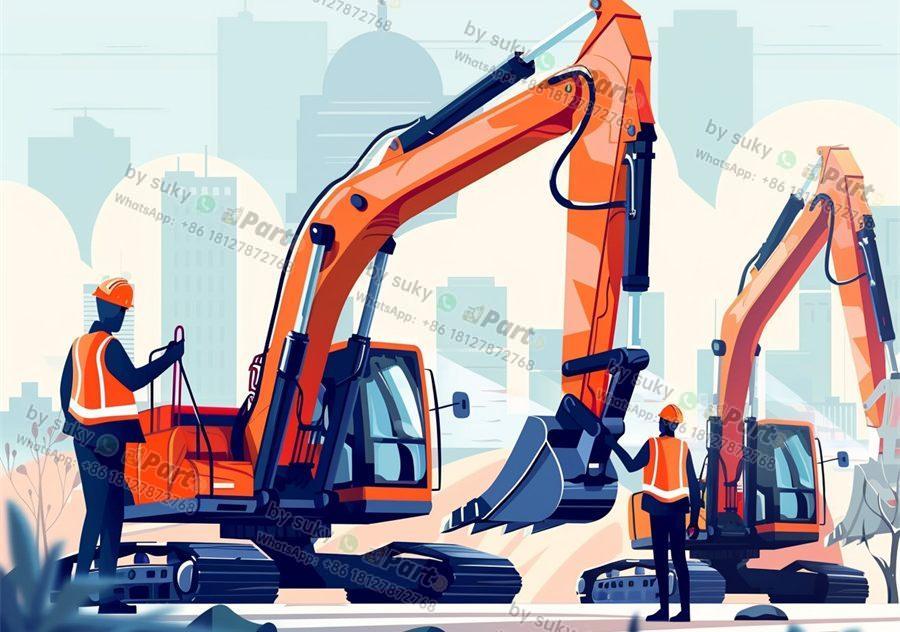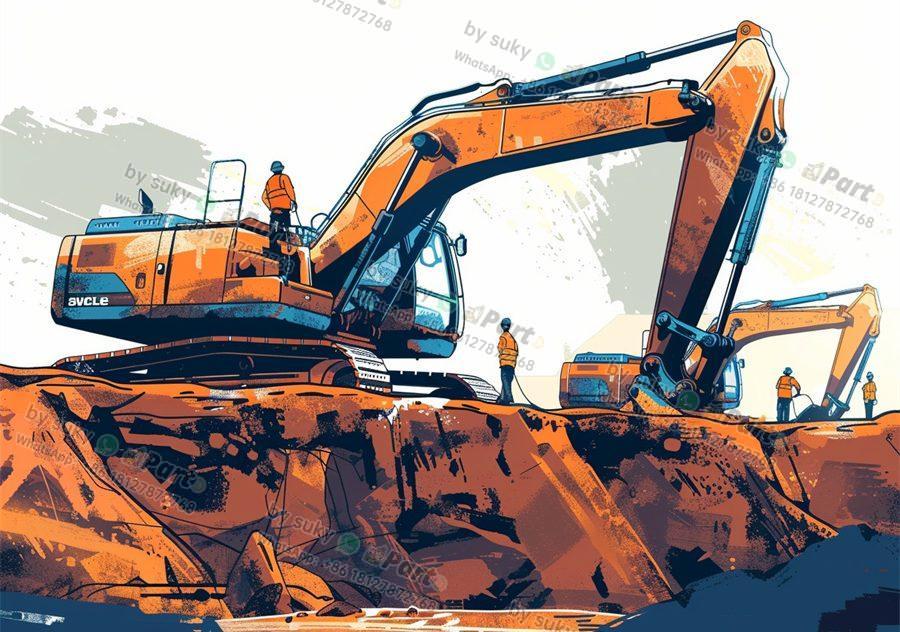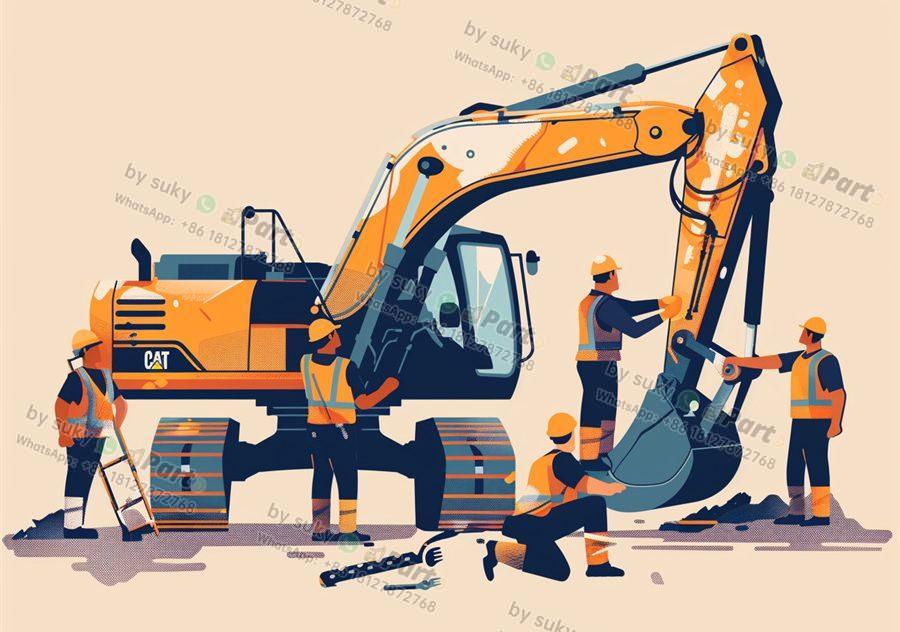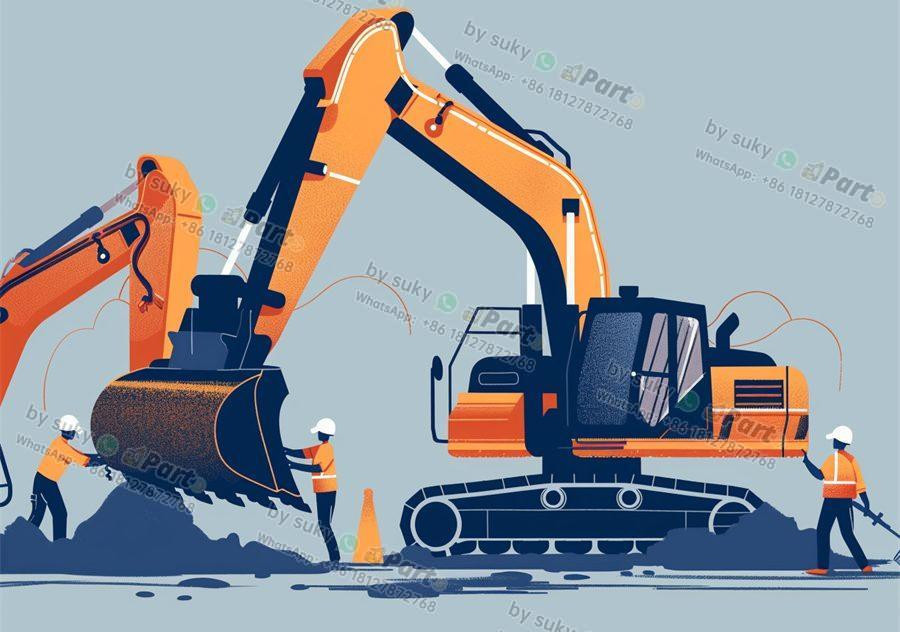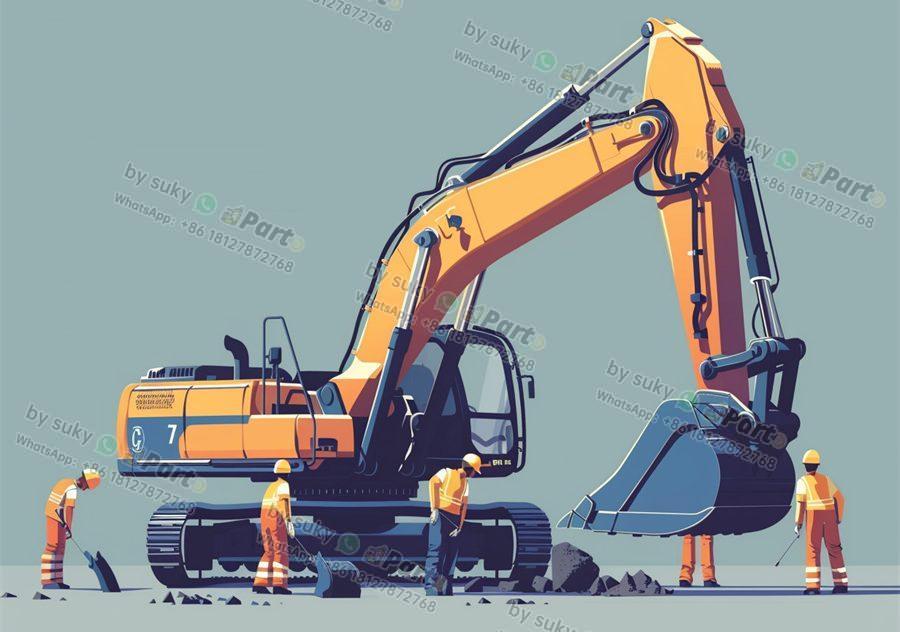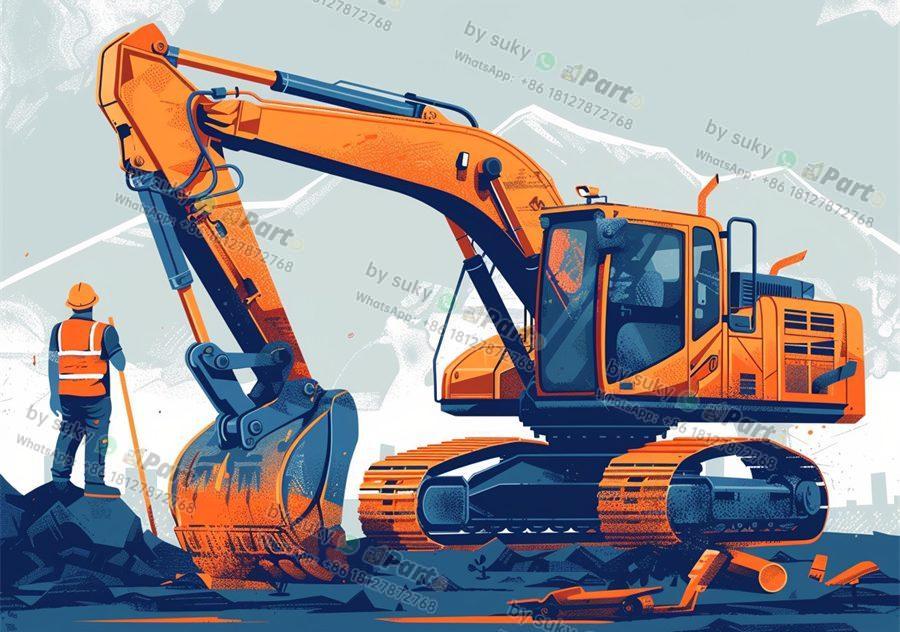When it comes to choosing between OEM parts and aftermarket parts for engineering vehicles, importers and distributors face a common dilemma. OEM (Original Equipment Manufacturer) parts are made by the same company that produced the vehicle, while aftermarket parts are manufactured by third-party companies. But which option is better? Let’s delve into the comparison to help you make an informed decision.
Quality Assurance of OEM Parts
OEM parts are designed to fit the specific make and model of the vehicle, ensuring precise compatibility. Since they are made by the original manufacturer, they undergo strict quality control measures to meet industry standards. This results in a higher level of reliability and performance, giving importers and distributors confidence in the products they are selling. Additionally, OEM parts often come with a warranty, providing further assurance to customers.
On the other hand, aftermarket parts may vary in quality and compatibility, as they are not always designed to the same standards as OEM parts. While some aftermarket manufacturers produce high-quality products, others may cut corners to reduce costs, leading to potential issues down the line. Importers and distributors need to carefully vet aftermarket suppliers to ensure they are providing reliable products to their customers.
Cost Considerations
One of the primary reasons importers and distributors may opt for aftermarket parts over OEM parts is cost. Aftermarket parts are generally less expensive than OEM parts, making them an attractive option for those looking to save money. However, it’s essential to weigh the cost savings against the potential risks of using lower-quality components.
While OEM parts may come with a higher price tag, the investment can pay off in the long run. The superior quality and reliability of OEM parts can lead to fewer breakdowns, reduced downtime, and ultimately lower maintenance costs. Importers and distributors should consider the overall value that OEM parts provide when making purchasing decisions.
In conclusion, the decision between OEM parts and aftermarket parts ultimately depends on the specific needs and priorities of importers and distributors. While aftermarket parts may offer cost savings, they come with potential risks in terms of quality and compatibility. On the other hand, OEM parts provide superior quality assurance and compatibility, albeit at a higher price point. Importers and distributors must carefully evaluate these factors to determine which option is best suited for their business and their customers. Ultimately, prioritizing quality and reliability is key to ensuring customer satisfaction and long-term success in the engineering vehicle parts industry.

